-
Psychology by Katherine Mansfield Short Story Analysis
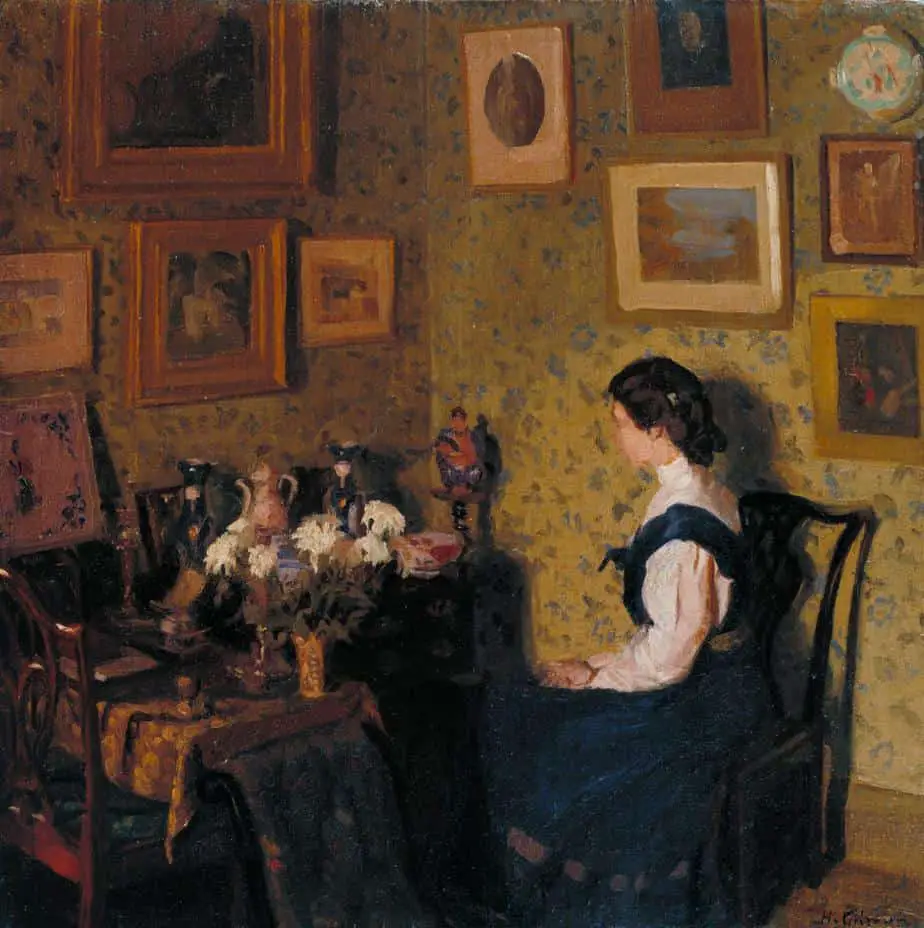
“Psychology” (1919) is a short story by Katherine Mansfield, redolent with sexual tension which unexpectedly morphs into something else at the end. As expected from the title, the bulk of the story comprises a character’s interiority. After first setting the mood, Mansfield gets right into a woman’s feelings. Yet do we feel we know her? We must read between the…
-
The Symbolism of Crossroads
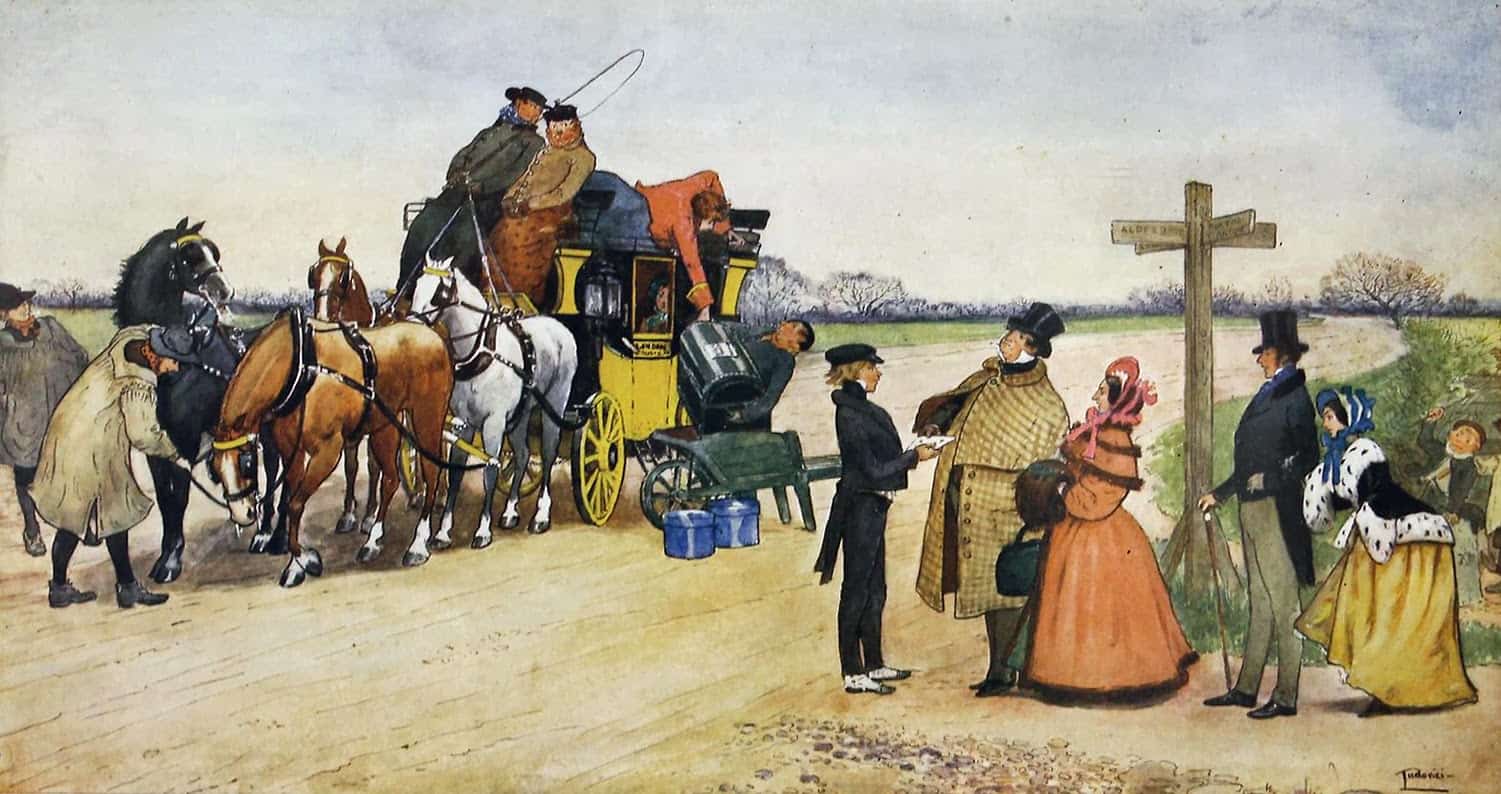
Crossroads in storytelling often indicated the place/time of decision. A anagnorisis occurs after the decision has been made. Character arc or penance follows. The ur-crossroads story features a character with special skills, who has supposedly traded his soul with the devil. One such story, attached to an actual person, is the story of Robert Johnson, who was so good […]
-
Literary Impressionism: The Basics
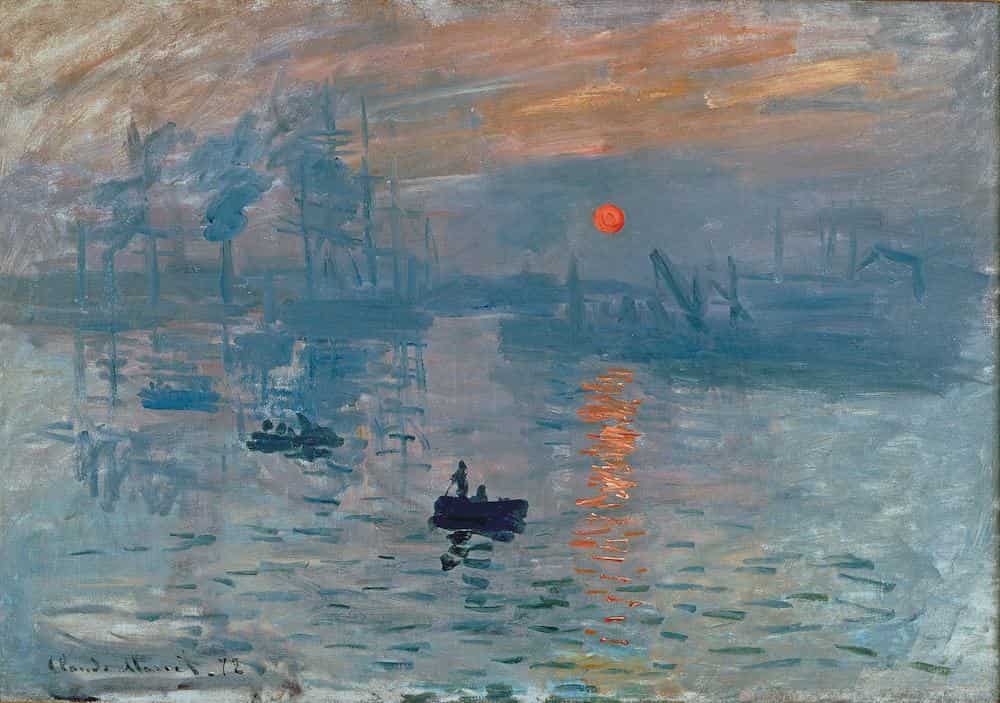
Literary impressionism centres on the following questions: Who am I and What is it all about?
-
Katherine Mansfield’s Influences
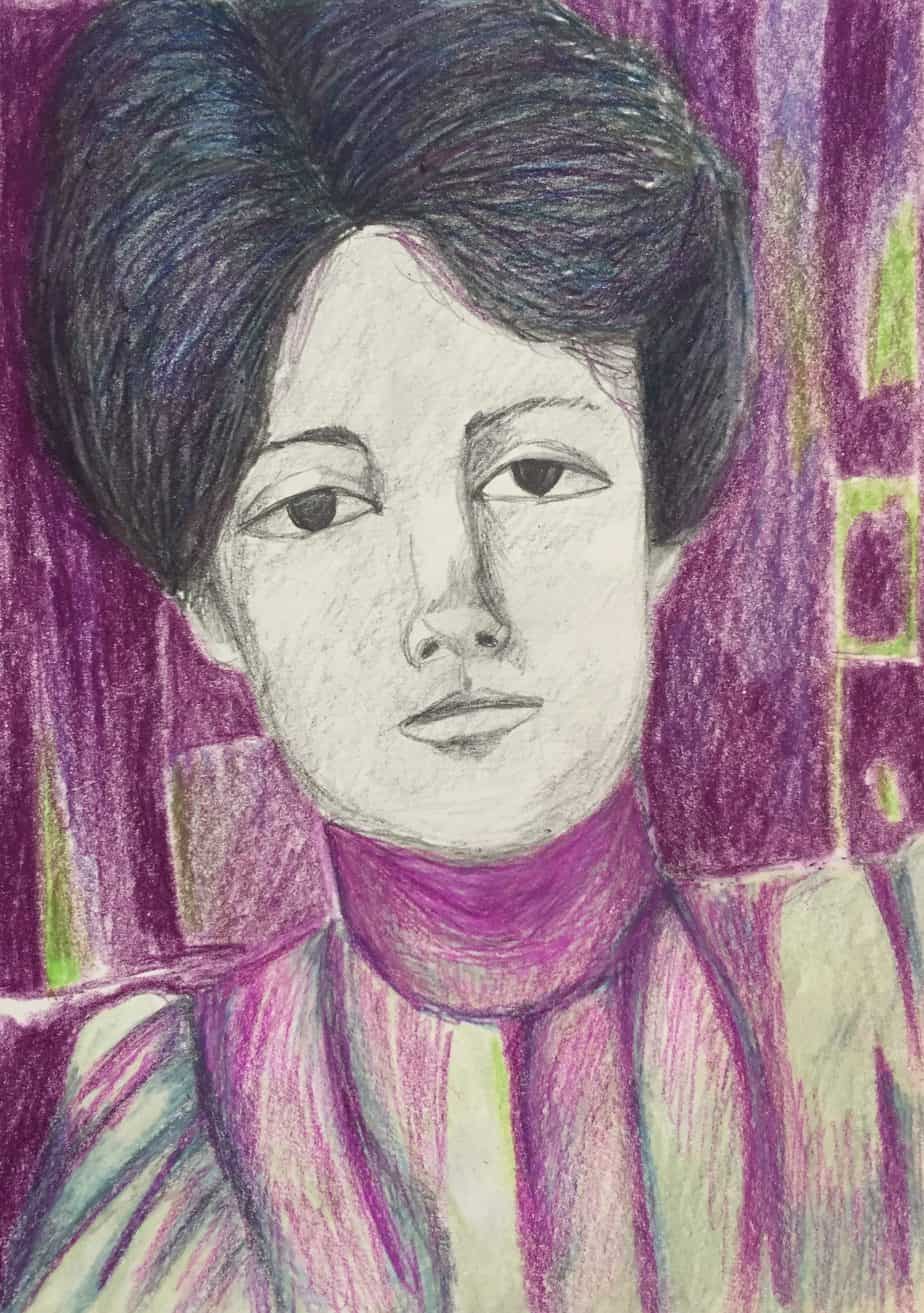
THE INFLUENCES OF PLACE AND ERA Katherine Mansfield grew up in middle class Wellington, New Zealand and moved to Europe as a young adult to finish her education in London. Some of her stories are influenced by her experiences in England, Belgium and Bavaria (In a German Pension). Her first stories were accepted by The […]
-
Writing Without Backstory: In statu nascendi
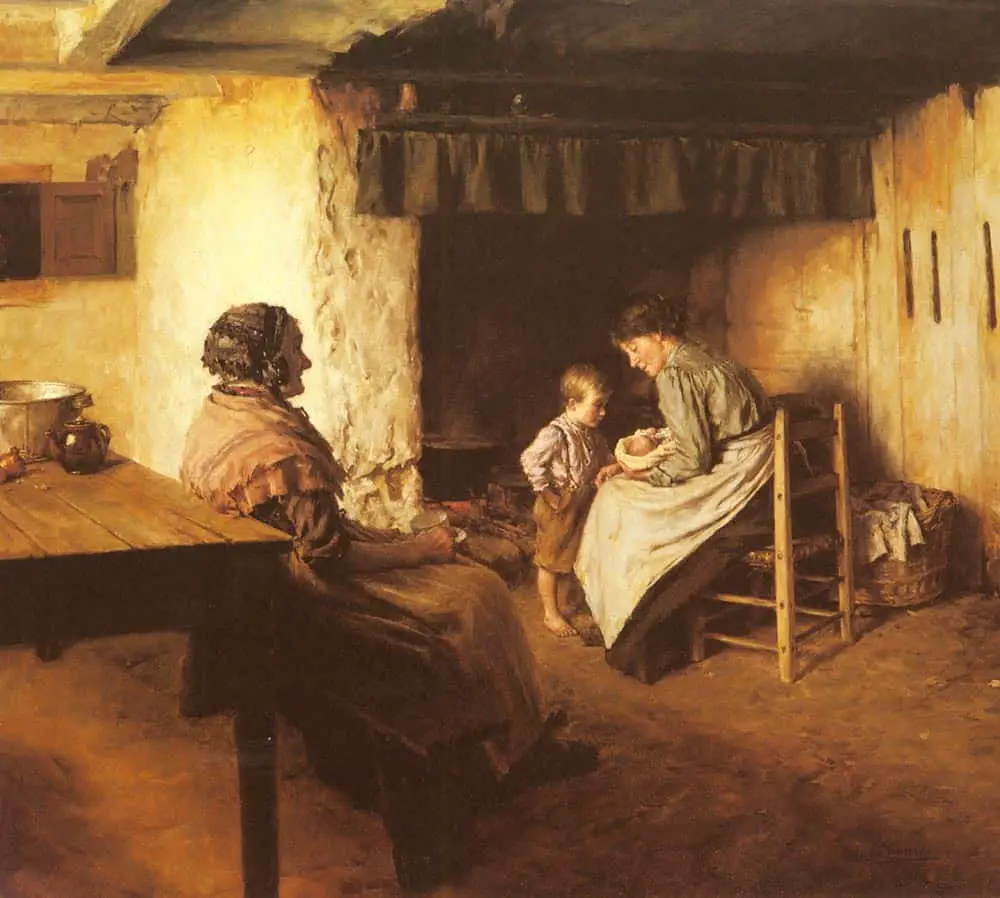
In statu nascendi is a Latin phrase and means “in a state of being born”. When a story begins in medias res (in the middle of things) and the character is given no backstory, we may say the character is presented to us in statu nascendi. Modernist writers started this trend. You’ll see it in […]
-
What is parallax in literature?
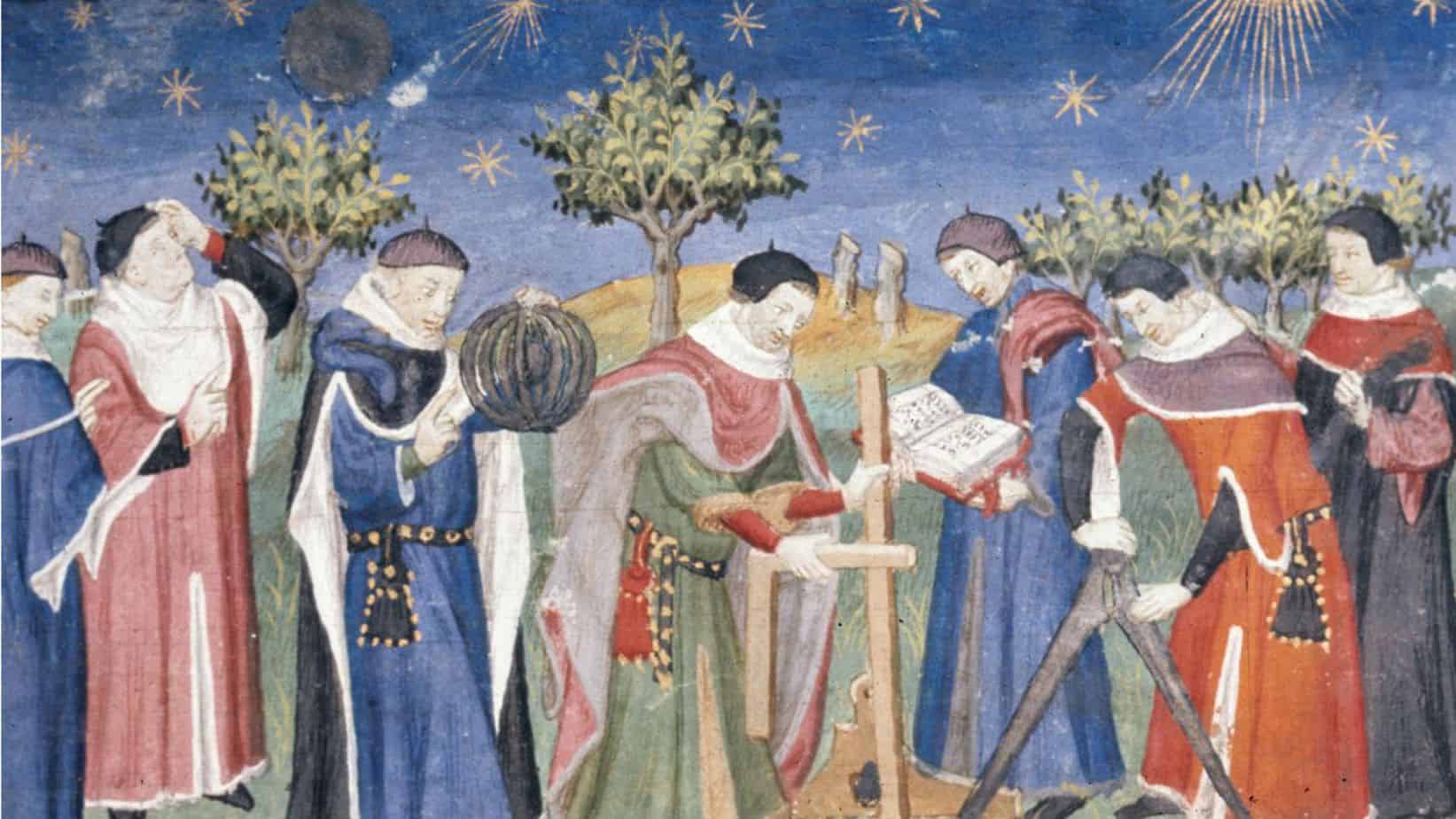
How do you create a parallax effect in writing? There are two standout techniques.
-
How Pearl Button Was Kidnapped by Katherine Mansfield Short Story Analysis
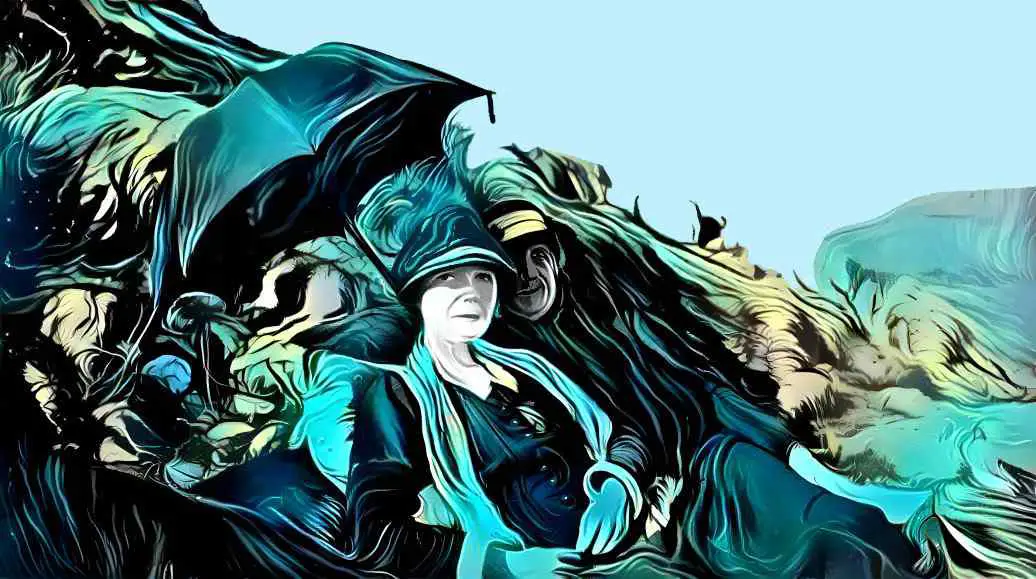
“How Pearl Button Was Kidnapped” is a modernist short story by Katherine Mansfield, published 1912. At its heart, “Pearl Button” is a story about a clash of two cultures seen through a child’s eyes. This story plays out as a duality of restriction and freedom. The European settlers are restricted while the Māori people enjoy […]
-
Vampire Terminology
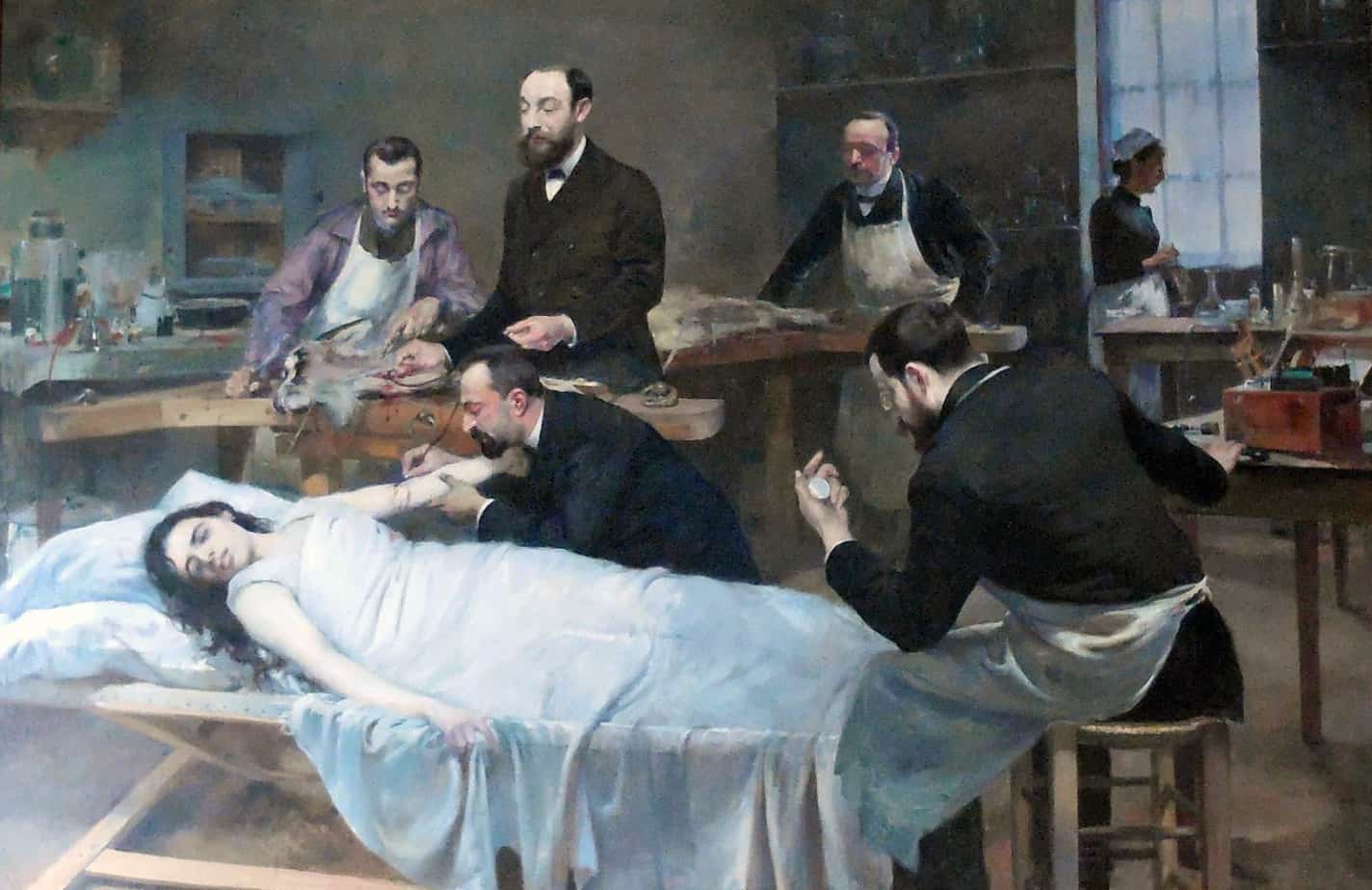
A list of words and concepts related to vampires. First, what do we mean by ‘vampire’?
-
Emotion in Storytelling: If Only!
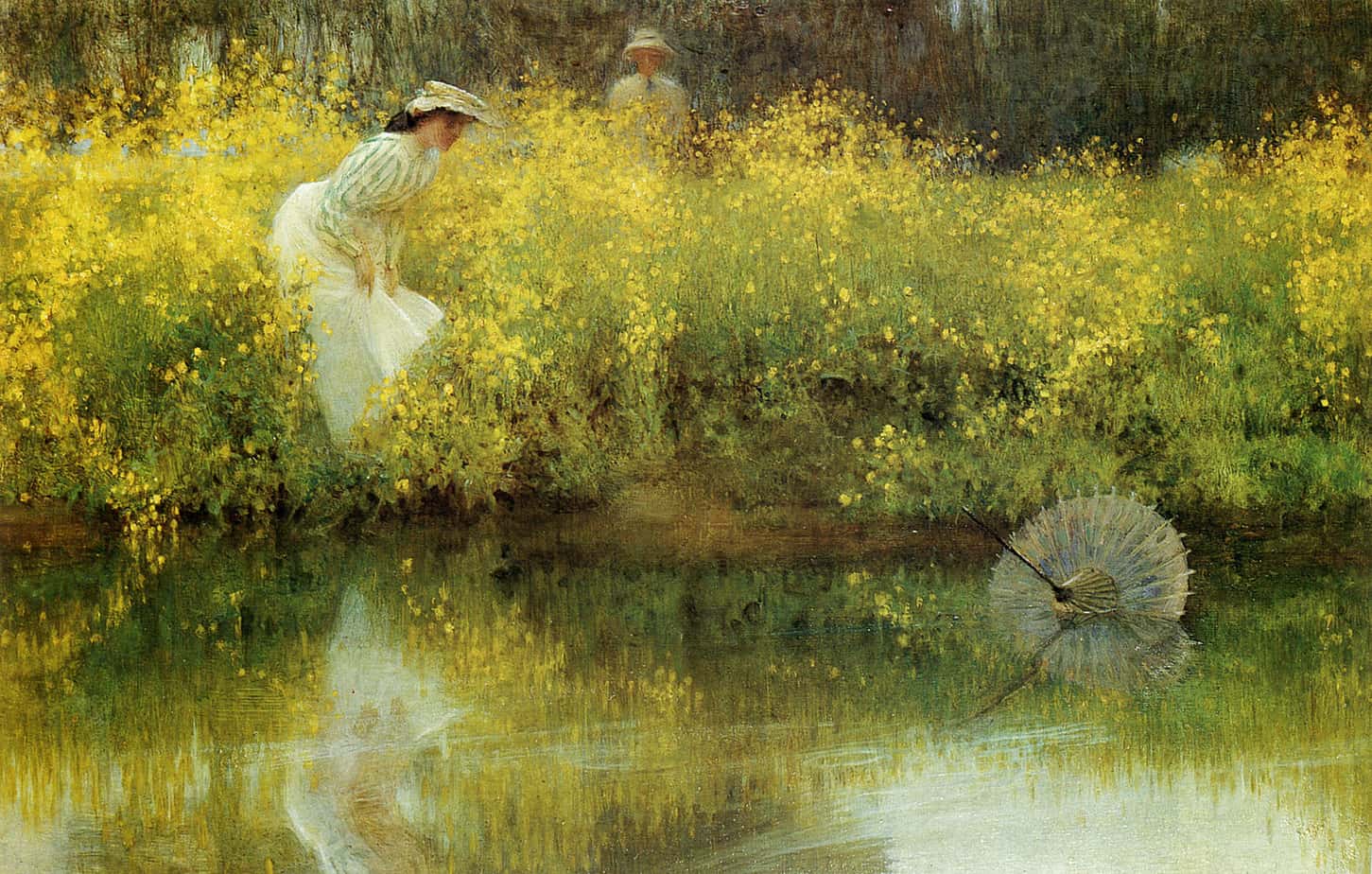
I’ve been taking notice of the stories which evoke a strong emotional response in myself, hoping to find some patterns. Sure enough, there are patterns. The ‘If Only’ story resonates especially. The ‘if only’ story evokes the emotion of regret. Saudade Saudade is a Portuguese and Galician word similar to English ‘regret’. It’s pronounced a […]
-
Zombie Terminology
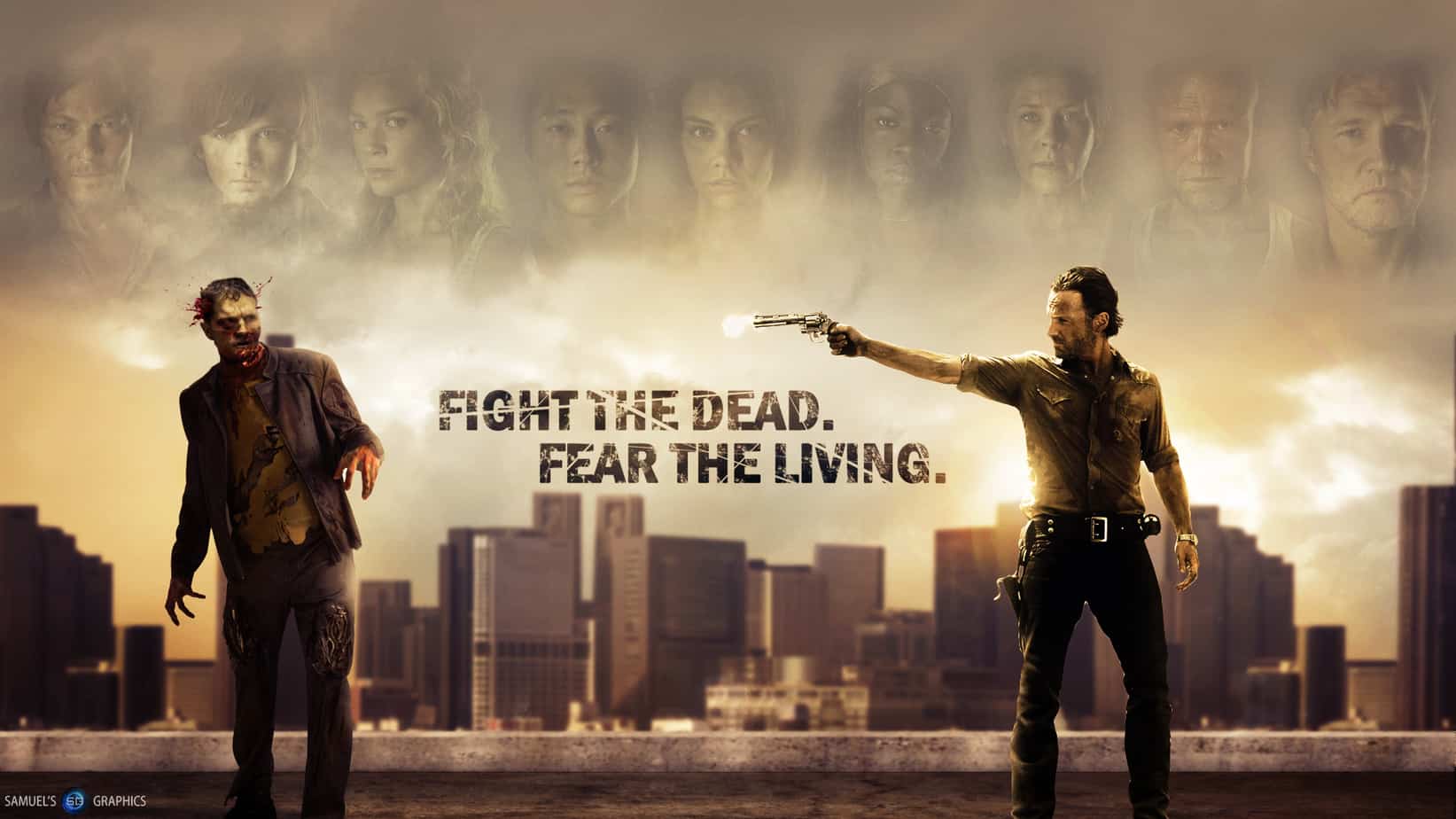
Why all the zombies in stories? Zombies have unlimited potential as metaphor. Historically, storytellers have used zombies to explore tensions between conservative and progressive values. The zombies themselves represent widespread cultural anxieties of their era. Some storytellers use zombie stories to reinforce the status quo while progressive storytellers use zombies to critique it. Watching the […]
-
Diary of an Interesting Year by Helen Simpson Short Story Analysis
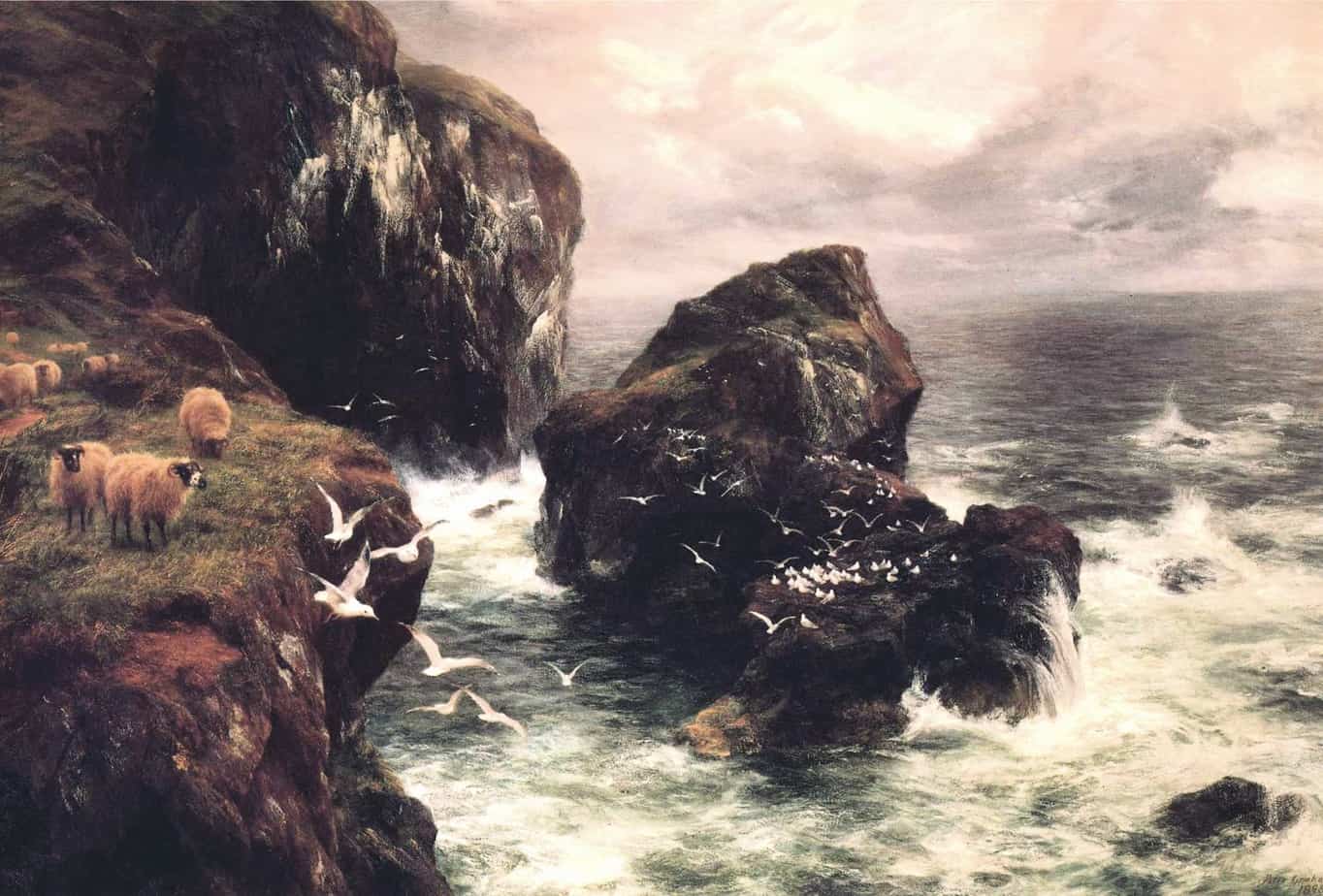
“Diary of an Interesting Year” by Helen Simpson is a science fiction short story and the final story in her collection In-flight Entertainment. This story is written in diary format and is a critique of the apocalyptic dystopian genre. “Interesting” of the title is classic understatement. The comedy achieved by the irony and satire in […]
-
What is narrated monologue?
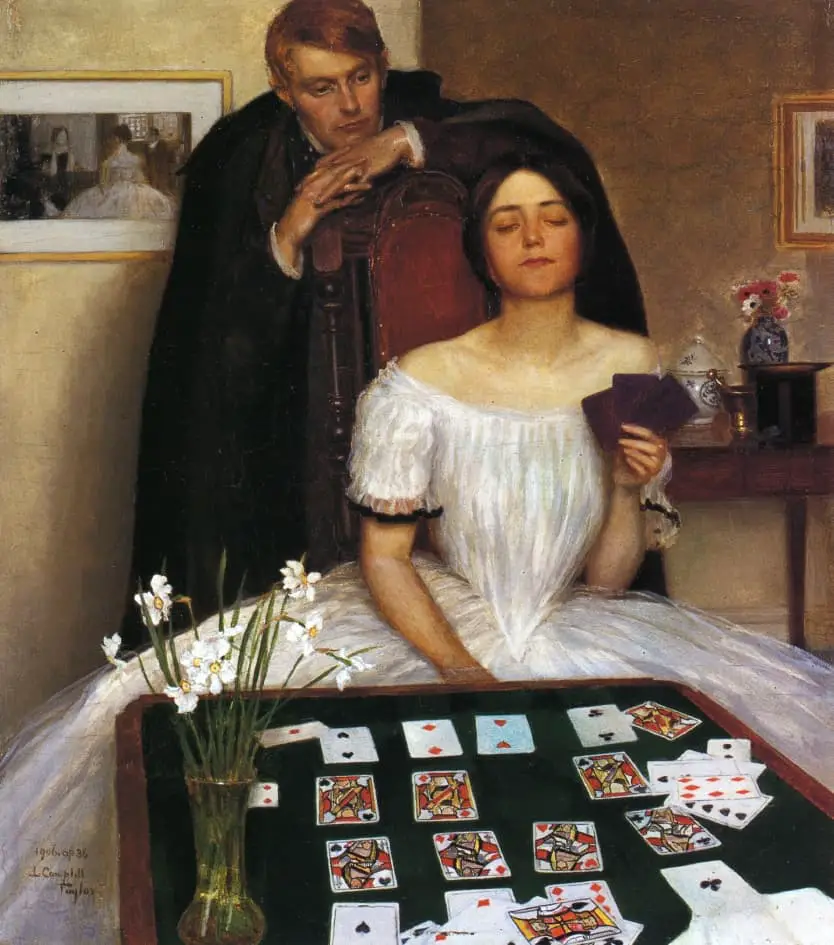
There are many, many words and phrases used by different commentators to catalogue the many ways of narrating fiction. The terms overlap. Some have called the writing style of modernists such as Mansfield, Lawrence and Woolf ‘narrated monologue’. What is that, exactly? And what does it look like on the page? Narrated monologue presents the […]
-
The Creepiest Body Parts
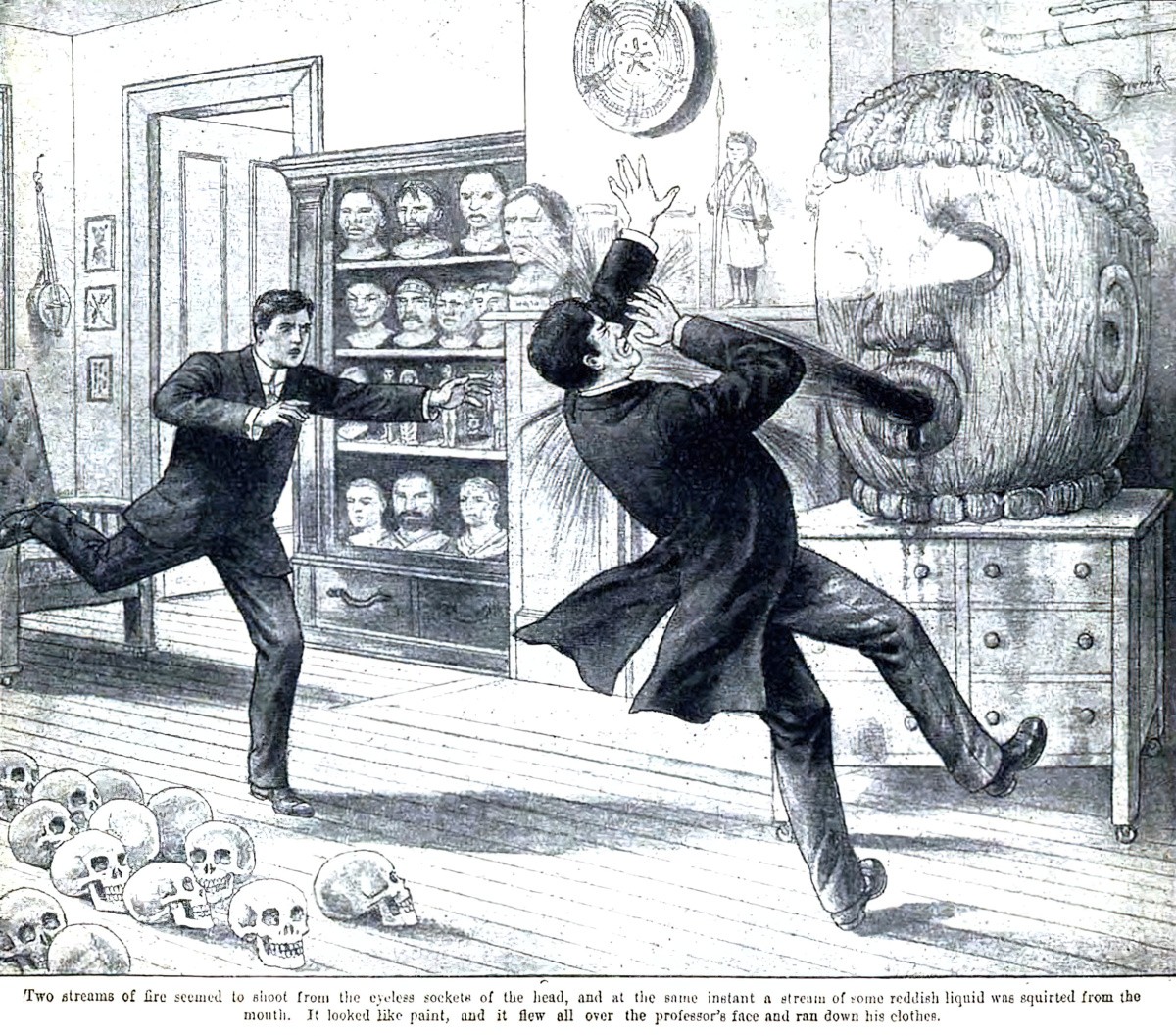
The human body is a grotesque, meaty thing. Storytellers can make use of our squeamishness by breaking the body into parts for horror or for comic effect. In his autobiography Going Solo, Roald Dahl takes a voyage to Africa. Onboard the ship he meets all sorts of weird and wonderful characters, as Dahl was inclined […]
-
How To Write A Likeable Main Character
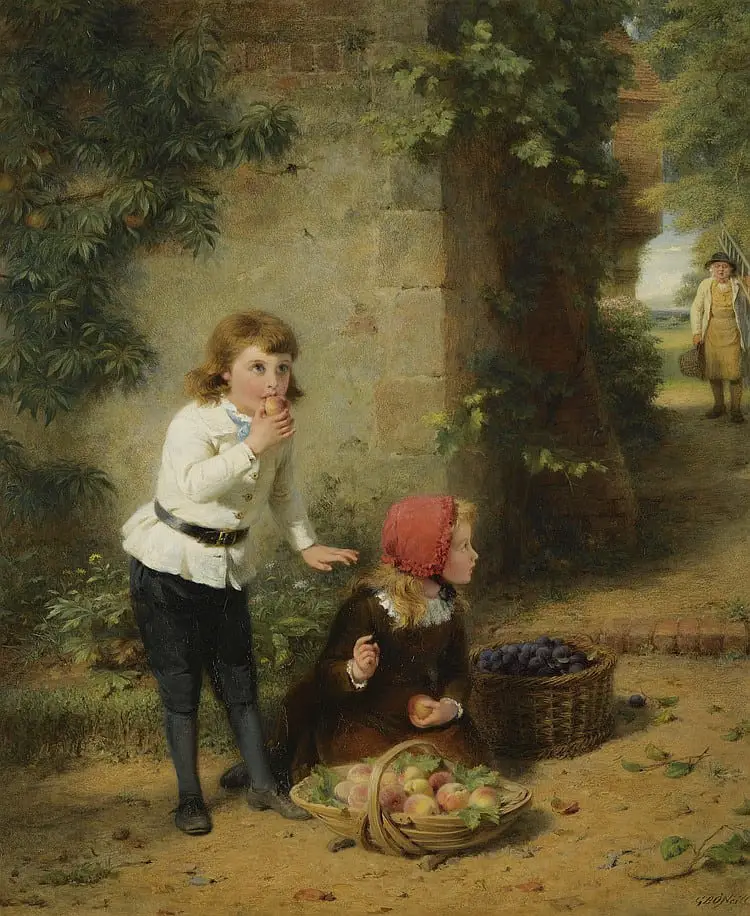
Must characters in stories be likeable? No. Are unlikeable characters popular with audiences? Yes. But they’re harder to write. They need to be all of the things listed below and then some. Some characters in some stories shouldn’t be likeable. But what if you want to create a genuinely likeable main character who appeals to […]
-
Burlesque In Storytelling
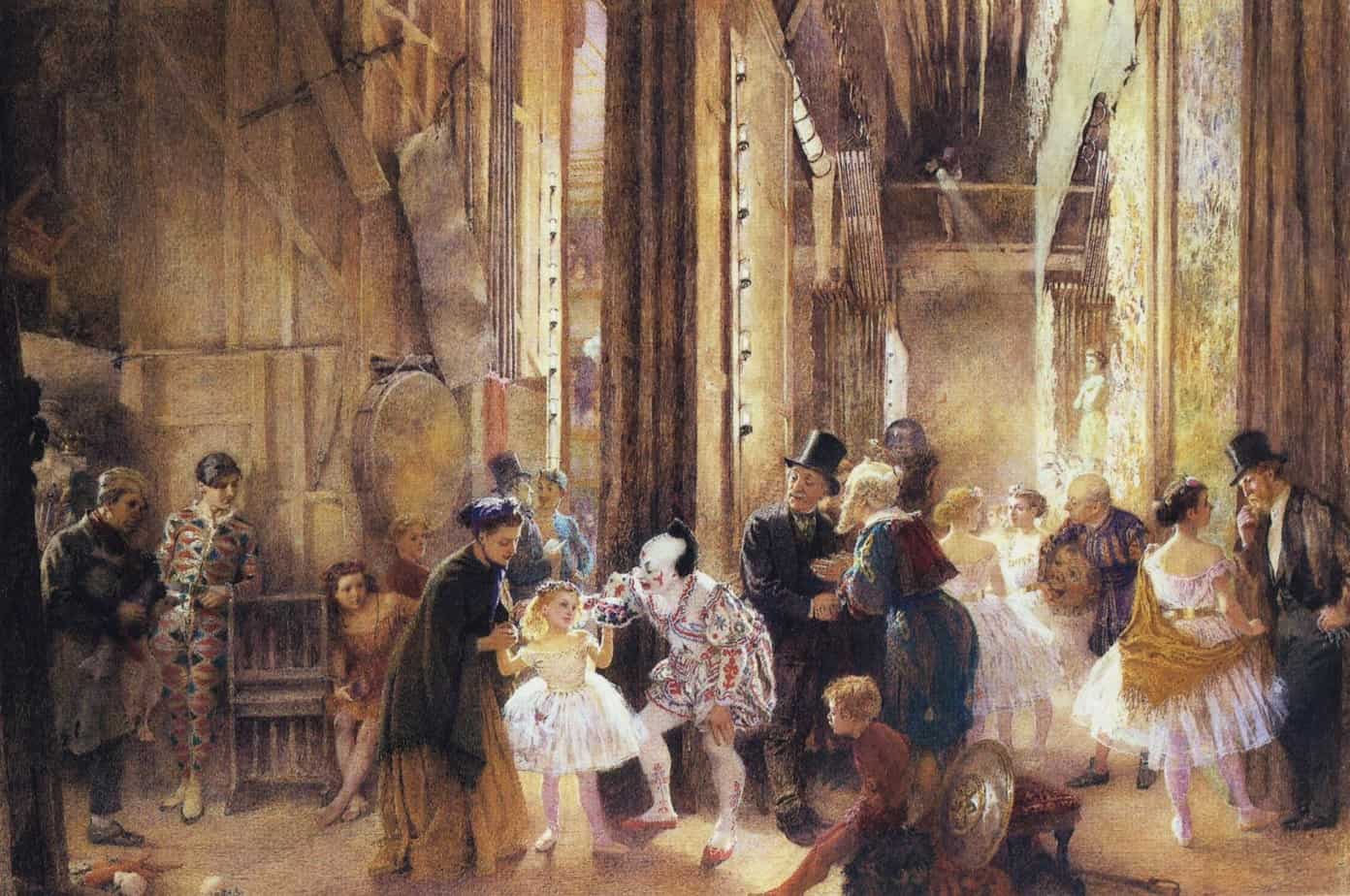
Burlesque is a type of entertainment that caricatures serious works. It is an extreme form of parody. Burlesque can be used as a verb i.e. to burlesque something. You might accidentally burlesque yourself by buying expensive tennis gear then turning up with no idea how to play, for instance. Comedy derives from the contrast and […]